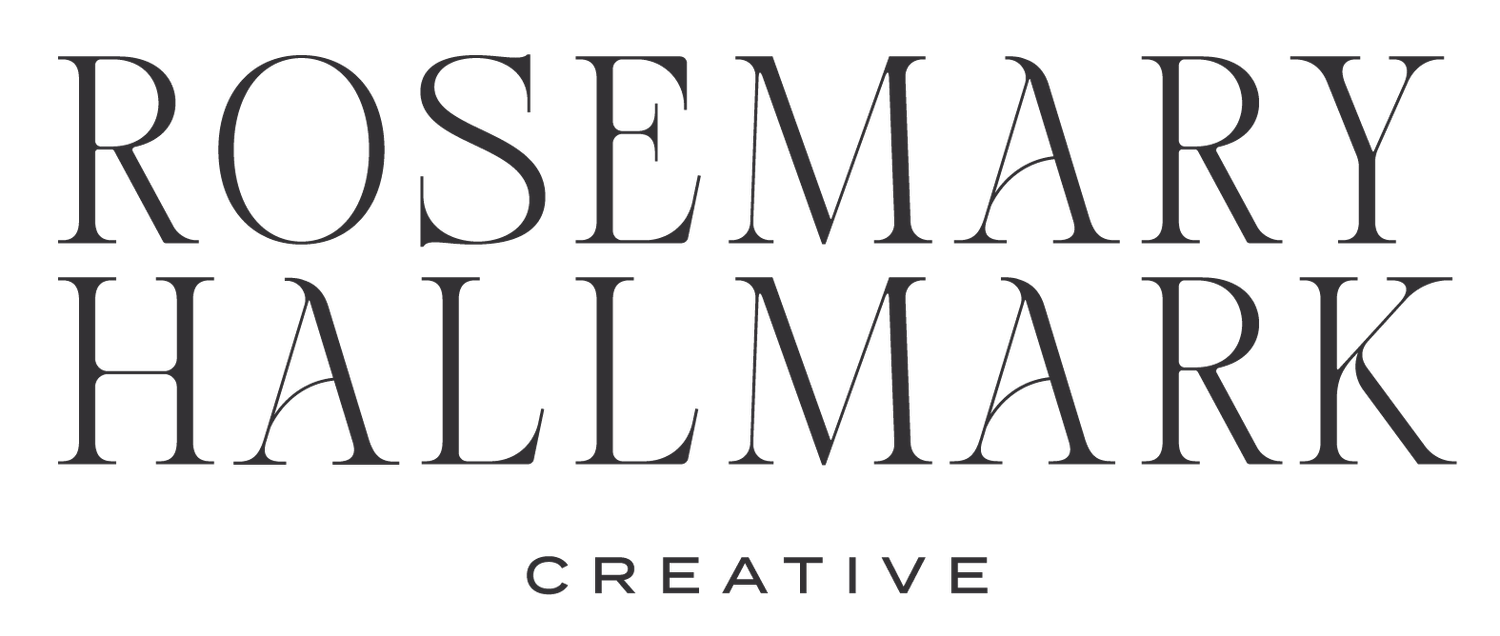Understanding the Different File Types in a Brand Design Package
When working with a professional designer or receiving a brand design package, you should receive your brand files in a whole bunch of different file types. It can be SUPER overwhelming if you aren’t familiar with these files, especially when you are getting each file in different colors to boot. Each file format serves a unique purpose and possesses distinct characteristics, and more than likely, you will only use a handful of these in your day-to-day life. So take a deep breath and don’t get overwhelmed!
Let’s explore the key differences between five files commonly included in brand design packages: EPS, PDF, PNG, SVG, and JPEG files. Understanding these file types will help you effectively utilize and navigate your brand assets.
EPS (Encapsulated PostScript) Files: EPS files are widely used in the design industry for their versatility and compatibility across different platforms. They are primarily vector-based files, which means they maintain their quality regardless of the size or resolution, making them ideal for logos and illustrations. They are typically editable and allow designers to manipulate individual elements within the file. Usually, if a designer or printer requests a “vector” file from you - send them an EPS.
PDF (Portable Document Format) Files: PDF files are highly versatile and widely recognized as a standard document format. While they can contain both vector and raster elements, they are primarily used for storing and sharing documents. PDFs retain the formatting, layout, and fonts, ensuring consistency across different devices and operating systems. In a brand design package, PDF files may include style guides, brand manuals, or presentations that provide instructions on logo usage, color palettes, and typography.
PNG (Portable Network Graphics) Files: PNG files are raster-based image files that allow for transparency or transparent backgrounds. They are commonly used for web graphics and digital applications. Unlike JPEG files, PNG files preserve image quality without compression, making them suitable for logos, icons, and graphics with sharp lines or text. PNG files also support multiple color depths, including 8-bit and 24-bit, allowing for both transparent and high-resolution images. You’ll likely use PNG files the most when creating emails, social media posts, and on your website. Because they have a transparent background, they’re great for layering your logos over a photograph or image.
SVG (Scalable Vector Graphics) Files: SVG files are vector-based web images. Like EPS files, they can be scaled without loss of quality, making them ideal for responsive web design and applications. SVG files are editable and allow designers to manipulate individual elements, such as colors and shapes. They are commonly used for logos, icons, and illustrations that require flexibility across different screen sizes.
JPEG (Joint Photographic Experts Group) Files: JPEG files are the most common format for photographs and complex images. They use compression, which means they sacrifice some image details to achieve smaller file sizes. JPEG files are widely supported across various devices and platforms, making them suitable for web pages, social media, and print materials where image size is a concern. However, repeated editing and saving of JPEG files can lead to degradation in image quality due to the compression algorithm. JPEG files are not ideal for logos and brand files, since they don’t support transparency - meaning they will always have a white or colored background box.
Understanding the different file types included in a brand design package is essential for effectively utilizing and managing your brand assets. EPS files offer scalability and flexibility for logos and illustrations, while PNG files are ideal for web graphics. By leveraging the strengths of each file type, you can maintain consistency and maximize the impact of your brand across various platforms without getting confused and overwhelmed.


